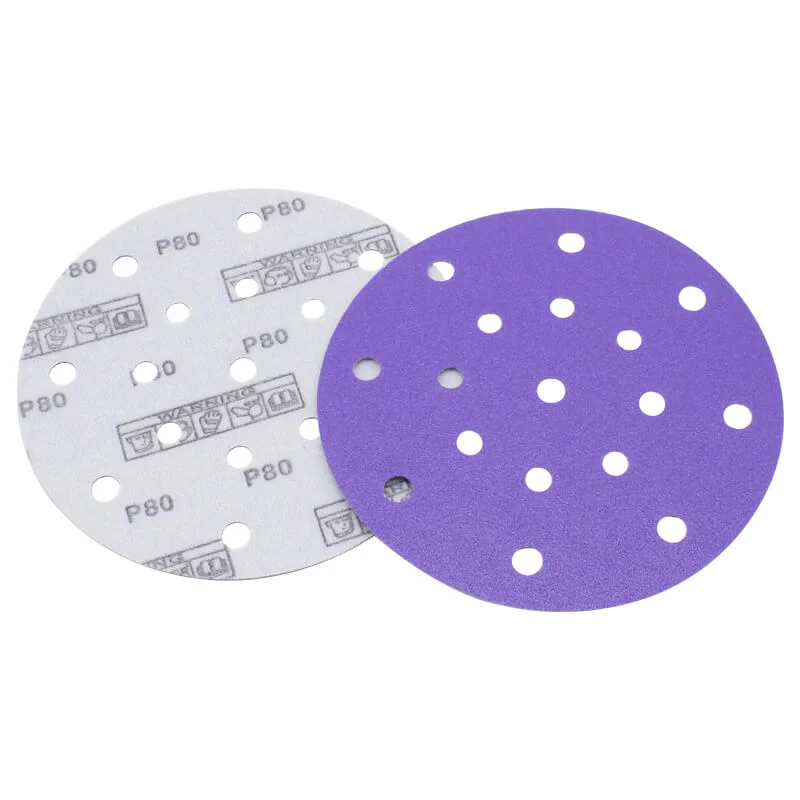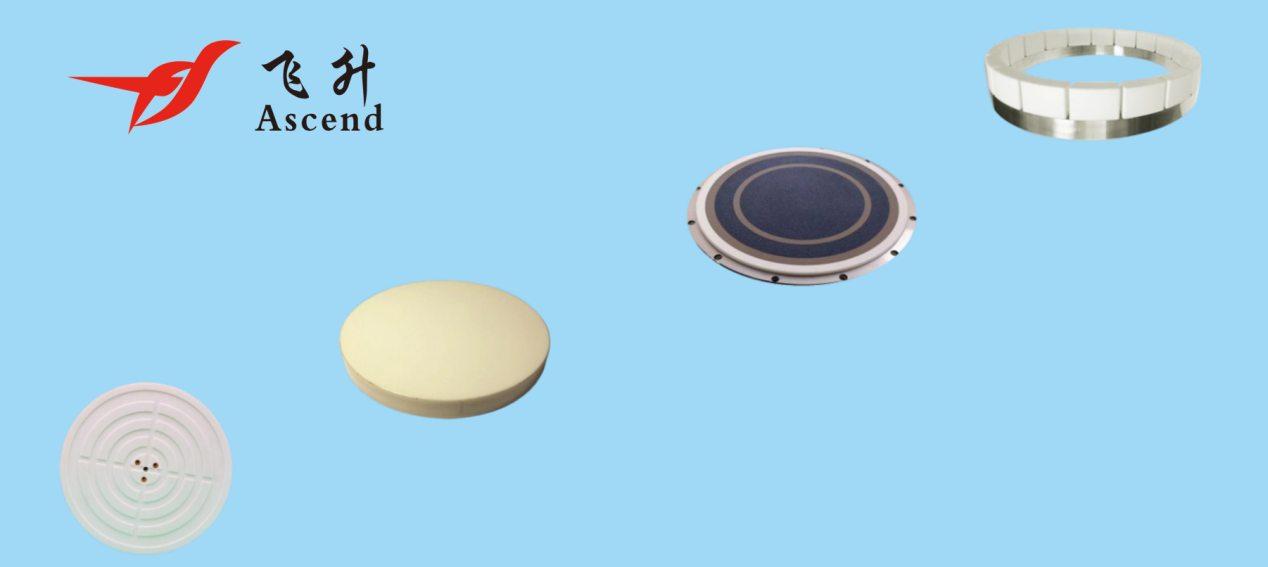Lower back pain is a prevalent issue that affects millions of individuals worldwide, often stemming from poor posture, prolonged sitting, or inadequate support. For those who spend significant time seated—whether at a desk, in a car, or at home—the type of chair used can make a substantial difference in comfort and overall spinal health. This article delves into the best types of chairs for alleviating lower back pain, exploring essential features, ergonomic principles, and practical tips for selecting the right seating solution.
Understanding Lower Back Pain
Before we dive into chair selection, it’s crucial to understand the underlying causes of lower back pain. Common factors include:
- Muscle Strain: Overexertion or awkward movements can lead to muscle strain.
- Herniated Discs: Discs that cushion the vertebrae can bulge or rupture, causing pain.
- Poor Posture: Sitting improperly can place undue stress on the spine.
- Sedentary Lifestyle: Lack of movement can weaken core muscles, leading to instability.
Key Features of an Ideal Chair for Lower Back Pain
When searching for the best chair to alleviate lower back pain, consider the following features:
- Lumbar Support
A chair with built-in lumbar support is essential for maintaining the natural curve of the spine. Look for chairs that offer adjustable lumbar support, allowing you to position it according to your unique spinal curvature. This feature helps reduce pressure on the lower back and encourages proper posture.
- Adjustability
An adjustable chair can accommodate various body types and preferences. Key adjustable features include:
- Seat Height: The chair should allow your feet to rest flat on the floor, with your knees at a 90-degree angle.
- Armrests: Adjustable armrests can help reduce shoulder strain and promote a relaxed posture.
- Backrest Angle: A reclining backrest can provide additional comfort and support during long periods of sitting.
- Seat Depth and Width
The seat should be wide enough to support your hips comfortably while allowing for some space between the back of your knees and the seat edge. A seat depth that allows your back to rest against the backrest while keeping your feet flat on the floor is ideal.
- Material and Padding
The material of the chair can significantly impact comfort. Look for breathable fabrics that prevent overheating, along with adequate padding that provides support without being overly soft. Memory foam or high-density foam can offer a good balance of comfort and support.
- Mobility
Chairs with wheels or a swivel base can enhance mobility, allowing you to reach for items without straining your back. However, ensure that the chair is stable and does not easily roll away when you sit down.
Types of Chairs to Consider
- Ergonomic Office Chairs
Ergonomic office chairs are specifically designed to support the body in a natural position. They often come with adjustable lumbar support, seat height, and armrests, making them an excellent choice for those who work long hours at a desk.
- Reclining Chairs
Reclining chairs can provide relief by allowing you to change positions throughout the day. Look for models that offer adjustable angles and lumbar support to maintain spinal alignment.
- Kneeling Chairs
Kneeling chairs promote an open hip angle, which can alleviate pressure on the lower back. They encourage an upright posture and engage core muscles, but they may not be suitable for everyone, especially those with knee issues.
- Saddle Chairs
Saddle chairs mimic the position of riding a horse, promoting a natural spinal curve and reducing pressure on the lower back. They encourage active sitting, which can be beneficial for core strength.
Practical Tips for Reducing Lower Back Pain While Sitting
- Take Regular Breaks: Stand up, stretch, and walk around every 30-60 minutes to relieve tension.
- Practice Good Posture: Sit back in your chair with your back straight and shoulders relaxed.
- Use a Footrest: If your feet don’t reach the floor, a footrest can help maintain proper posture.
- Incorporate Movement: Consider using a stability ball or a standing desk to promote movement throughout the day.
Conclusion
Choosing the right chair is a critical step in managing lower back pain. By focusing on features such as lumbar support, adjustability, and material, you can find a chair that not only enhances comfort but also promotes better posture and spinal health. Remember, it’s essential to listen to your body and make adjustments as needed. With the right chair and mindful sitting habits, you can significantly reduce discomfort and improve your overall well-being.





